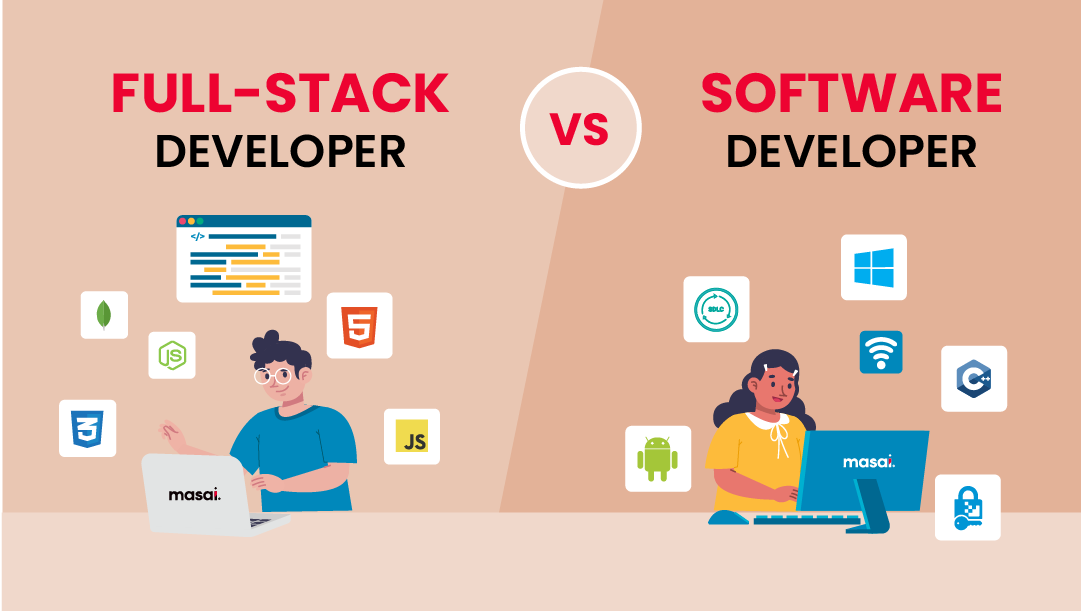Optimize Your Resources with Expert Software Engineering Staffing Solutions
Optimize Your Resources with Expert Software Engineering Staffing Solutions
Blog Article
Devoted Developers vs. In-House Teams: Which Is Right for You?
The decision in between using devoted designers and keeping an in-house team is a significant one that can influence the trajectory of your projects and total company strategy. Committed programmers provide a degree of versatility and specialized knowledge that can be useful for details, short-term efforts. On the other hand, internal groups add to a natural business culture and a nuanced understanding of long-term goals. By examining essential aspects such as spending plan, job scope, and desired control, you can better determine which technique lines up with your organizational needs. The ramifications of this option prolong beyond prompt results-- consider the wider impact on your company landscape.
Comprehending Dedicated Developers
The growing demand for specialized skills in the technology industry has led to the introduction of dedicated programmers as a feasible solution for numerous organizations. These experts are typically contracted on a task basis, enabling companies to utilize specific knowledge without the long-lasting commitment related to permanent hires. Devoted programmers are commonly ingrained within a customer's team, providing flexibility and scalability to meet task needs.
This model allows companies to access a worldwide ability pool, which is specifically advantageous in a rapidly developing technological landscape. Dedicated designers can be sourced from numerous geographical areas, guaranteeing that companies can find the appropriate skill established at affordable rates. They frequently bring a riches of experience and understanding, having actually worked with varied jobs throughout different sectors.
In addition, dedicated programmers can concentrate specifically on the tasks available, enhancing productivity and performance. They are geared up to incorporate perfectly right into existing operations, working together very closely with in-house teams to achieve job goals. This approach not only minimizes the burden of recruitment and training yet additionally enables companies to continue to be agile, adjusting rapidly to changing market demands and technical developments.
Benefits of In-House Teams

Moreover, internal teams often tend to have a much deeper understanding of the company's objective, values, and objectives. This alignment can enhance employee interaction and motivation, as group participants really feel more linked to their work and the organization's success. Furthermore, having a specialized internal team enables much better alignment of goals and methods, as these members are consistently concentrated on the company's top priorities.
In-house groups also assist in quicker decision-making processes, as they can react extra rapidly to difficulties and changes. The well established partnerships and familiarity with firm methods permit for structured workflows and reduced miscommunication. Ultimately, the mix of a natural society, placement with business goals, and reliable communication makes in-house groups a beneficial possession for many companies, particularly those looking to cultivate lasting growth and technology.
Cost Factors To Consider
When reviewing cost considerations, both dedicated programmers and in-house groups existing distinct financial ramifications for organizations. Engaging specialized programmers typically involves a pay-per-project or per hour price model, which can be cost-effective for companies with fluctuating project needs. This method enables adaptability in scaling sources up or down, guaranteeing that business only spend for the solutions they require.
On the other hand, in-house teams require repaired costs, including wages, benefits, and overhead costs such as office and equipment. While this design uses higher control and more instant schedule of resources, it may cause higher lasting expenses, particularly if the workload does not validate a permanent team.
In addition, companies should think about the concealed costs related to employment and training of in-house staff members, which can even more strain budgets. In many cases, the moment and sources invested in taking care of an in-house team can diminish the organization's core company goals.

Project Monitoring and Adaptability
Task monitoring and flexibility are important factors that influence see this site the choice between internal groups and specialized developers. Committed teams commonly have established processes for handling projects effectively, leveraging specific techniques like Agile or Scrum, which facilitate repetitive progression and versatility.

Inevitably, the option between internal teams and committed designers depends upon the wanted degree of flexibility and the certain job management needs. Firms have to assess their functional dynamics, job intricacy, and source schedule to establish which choice aligns best with their strategic purposes.
Making the Right Selection
Selecting the ideal growth strategy-- devoted designers or internal groups-- requires a careful assessment of various aspects that straighten with a firm's strategic goals. Alternatively, internal groups can provide better continuity and integration with existing workers.
Next, examine your spending plan. Committed programmers often present an economical option for temporary jobs, while in-house teams may sustain higher long-term expenditures due to salaries, advantages, and expenses expenses. Examine the level of control and collaboration desired; in-house groups commonly cultivate more powerful communication and alignment with company society.
In addition, take into consideration the moment framework. If immediate outcomes are essential, specialized designers can be onboarded quickly, whereas constructing an in-house team takes time for employment and training. Weigh the long-term vision of your company. If continuous advancement is vital, buying an in-house team might generate her response better returns in time. Ultimately, the choice depends upon an extensive analysis of these aspects, guaranteeing alignment with your firm's general purposes and operational requirements.
Final Thought
In final thought, the decision between internal groups and specialized designers pivots on job needs and business goals. Alternatively, internal groups cultivate a cohesive culture and deeper alignment with long-term goals.
The choice in between making use of committed programmers and keeping an internal team is a considerable one that can impact the trajectory of your jobs and general service approach.Task monitoring and adaptability are critical factors that affect the selection in between committed designers and in-house teams. offshore software development.In comparison, in-house teams might stand out in preserving a consistent task monitoring framework due to their familiarity with the company's culture and long-term objectives. Devoted developers often offer an economical service for temporary tasks, while in-house groups may incur greater long-term expenditures due to incomes, advantages, and expenses costs.In verdict, the decision in between in-house groups and specialized developers pivots on project demands and organizational purposes
Report this page